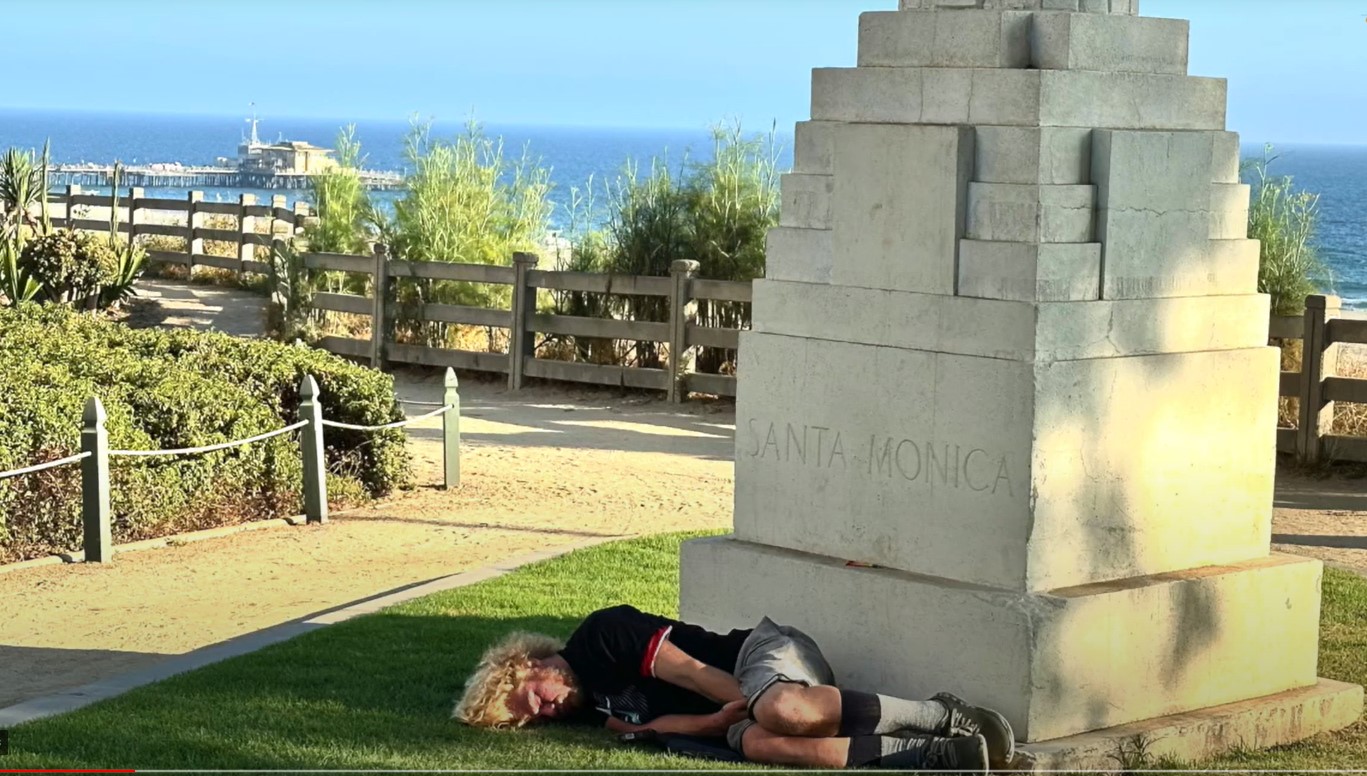(Editor’s note: This story first appeared in the Westside Current on July 31 and is reprinted with permission. With two homeless dying on the streets every day, one wonders about the Supervisor’s lack of urgency in dealing with this problem. Maybe the supes are confused about the difference between morbidity and mortality. See the charts below.)
By JAMIE PAIGE
Despite lackluster results from its existing programs, the Los Angeles County Board of Supervisors voted on Tuesday, July 30, to maintain and broaden its current strategies, embracing a “Care First” approach to managing homeless encampments.
The decision comes in the wake of a recent U.S. Supreme Court ruling that permits stricter enforcement of anti-camping laws, even when shelter space is limited.
The agenda item, titled “Developing a Countywide Strategy for Addressing Encampments After the Grants Pass Decision,” was aimed at addressing the challenges that have seen local homelessness rates more than double the national average.
Governor Gavin Newsom issued an executive order last Thursday, based on the Grants Pass ruling, directing local governments to urgently address homeless encampments while emphasizing humane treatment.
Up for Debate
A board motion, put forth by Supervisors Hilda Solis and Lindsey Horvath, called for a strategic report back in 120 days. The strategy was said to prioritize humane approaches, community outreach, and partnerships with local municipalities.
During Tuesday’s meeting, County Supervisor Janice Hahn highlighted the local community’s weariness with the increasing visibility of homeless encampments, a sentiment she referred to as “encampment fatigue.”
However, Hahn did not delve further into solutions to this fatigue. Instead, she sought clarifications on the motion before the board. Hahn noted that while the Supreme Court ruling clarified legal boundaries, it did not resolve what she described as an important County approach to the crisis. “The challenge requires more humane approaches than mere enforcement,” Hahn stated.
During the board discussion, Hahn raised questions about the legal implications of regulating encampment locations and how cities might handle potential displacements into neighboring jurisdictions. “We need to understand our legal avenues should cities begin to push homeless encampments into other areas?’
For more than an hour, the county reaffirmed its commitment to existing initiatives like the Pathway Home and Inside Safe programs.
During the meeting, Los Angeles County discussed the outcomes of its homelessness initiatives. Despite having declared a local emergency on homelessness in January 2023, the county has conducted only 17 Pathway Home operations to date. This is in sharp contrast to the City of Los Angeles, which has initiated 56 Inside Safe operations since its own declaration of emergency.
Supervisor Solis advocated for increasing housing availability to ensure the sustainability of the programs. LA County Sheriff Robert Luna also emphasized a “Service First, Care First” approach, maintaining that enforcement would remain a last resort and that LASD’s booking criteria for misdemeanor offenses would not change.
Supervisor Kathryn Barger, following the discussion, remarked, “While enforcement is an important tool, it must be applied strategically to effect permanent change and maintain public safety and health.”
Local leaders like Brentwood’s Carolyn Jordan and Pacific Palisades’ Chris Spitz expressed mixed reactions before the vote. They criticized the prevailing Housing First approach and called for more diversified strategies that include mental health and addiction services.
The delayed implementation of Senate Bill 43, expanding the definition of ‘gravely disabled’ to include severe substance use disorders, was also noted. The Supervisors voted in December 2023 to postpone the implementation of 43, with Hahn casting the lone dissenting vote.
HOMELESS DEATH CAUSES:
Compared to the general population, people experiencing homelessness in L.A. County in 2020 and 2021 were:
38 times more likely to die from an overdose
20 times more likely to die from a transportation-related injury
15 times more likely to die from homicide
8 times more likely to die from suicide
4 times more likely to die from coronary heart disease and
1.8 times more likely to die from COVID-19
HOMELESS DEATHS:
Numbers of homeless deaths by year are from the L.A. County Department of Public Health.
- 2014: 658
- 2015: 766
- 2016: 884
- 2017: 1,027
- 2018: 1,129
- 2019: 1,289
- 2020: 1,811
- 2021: 2,201



